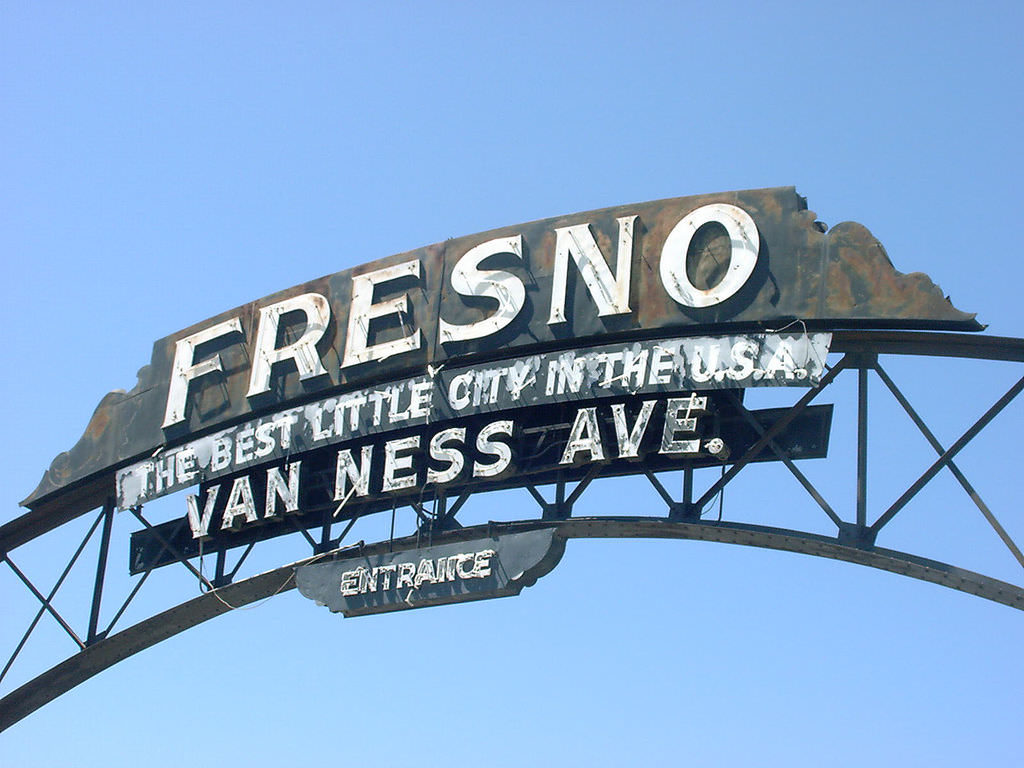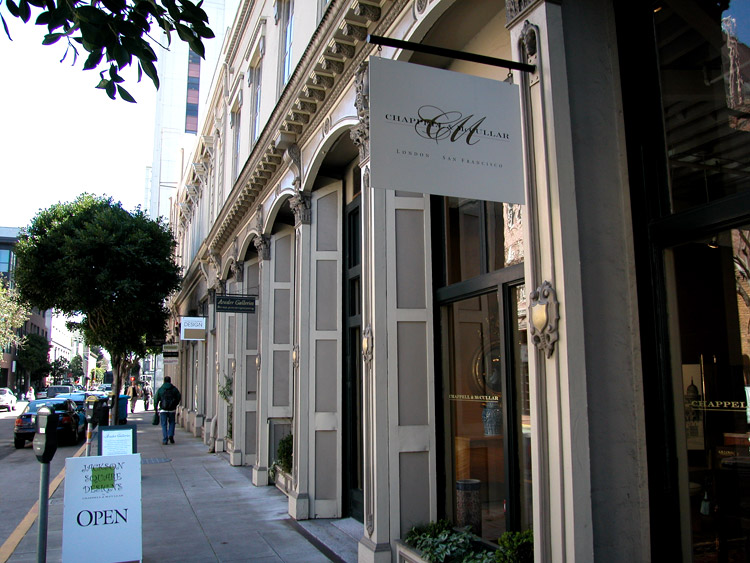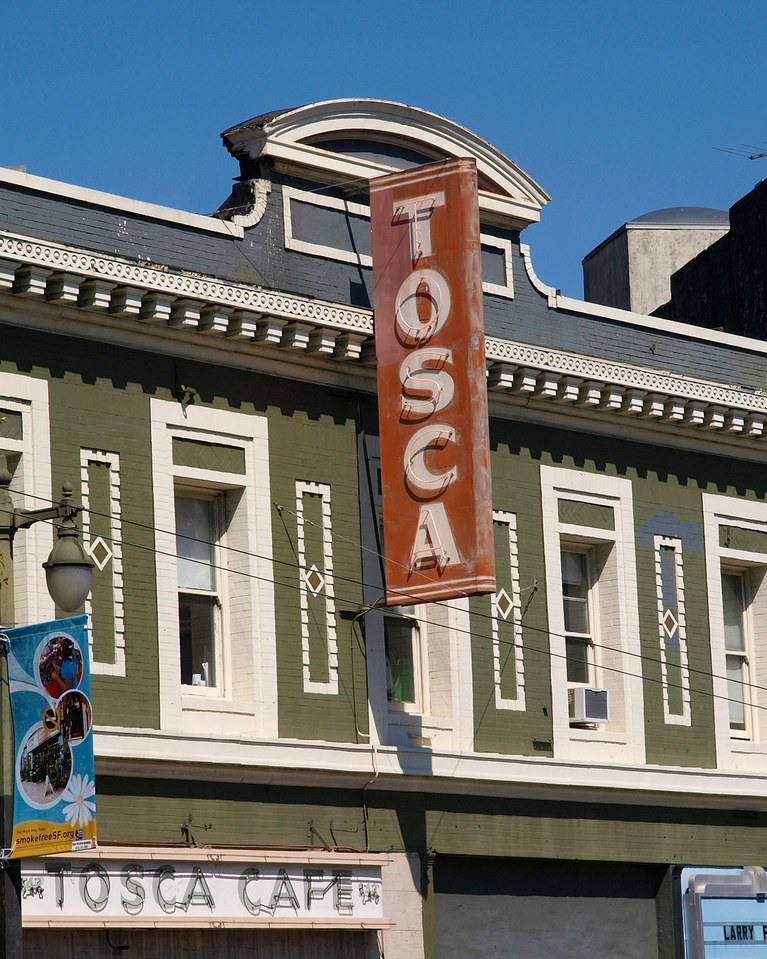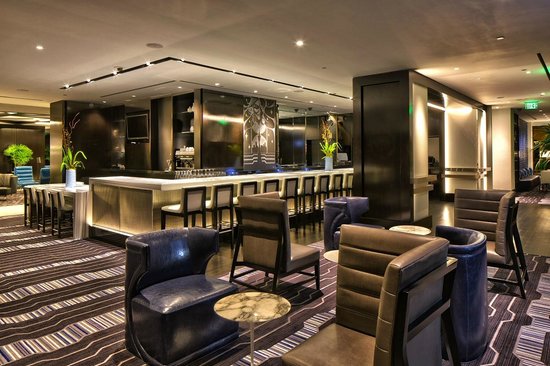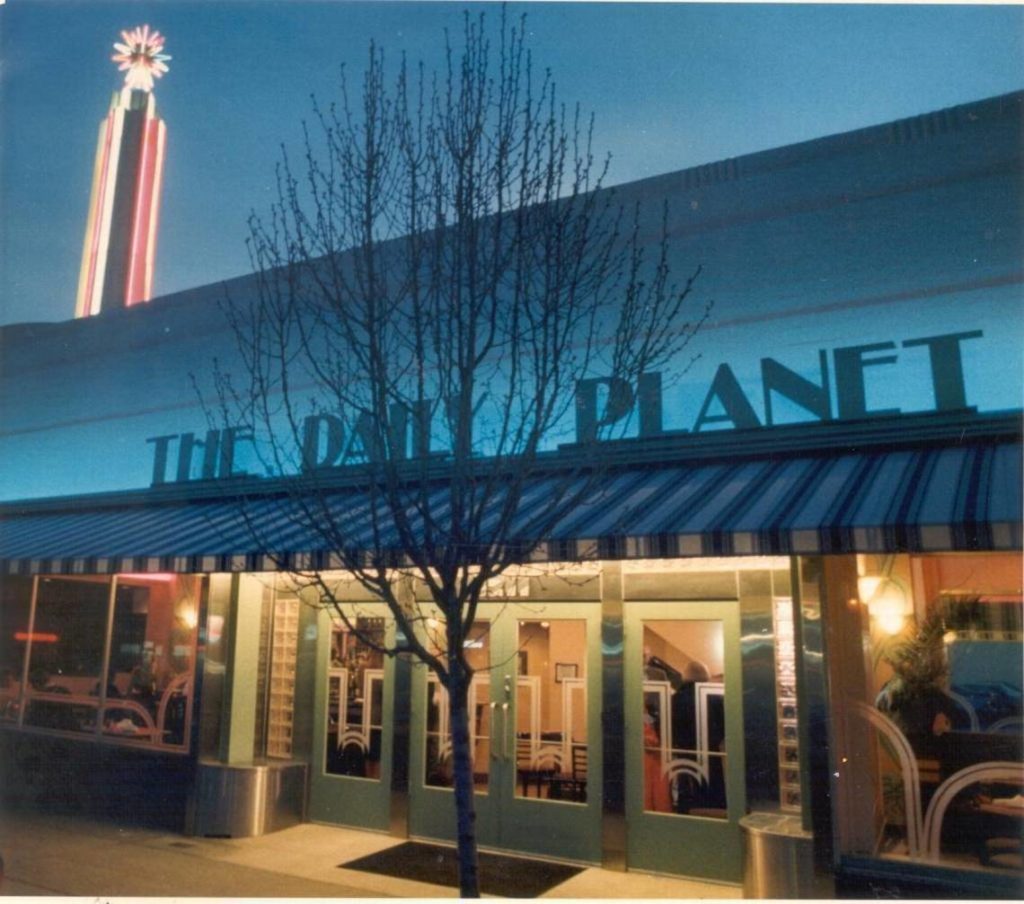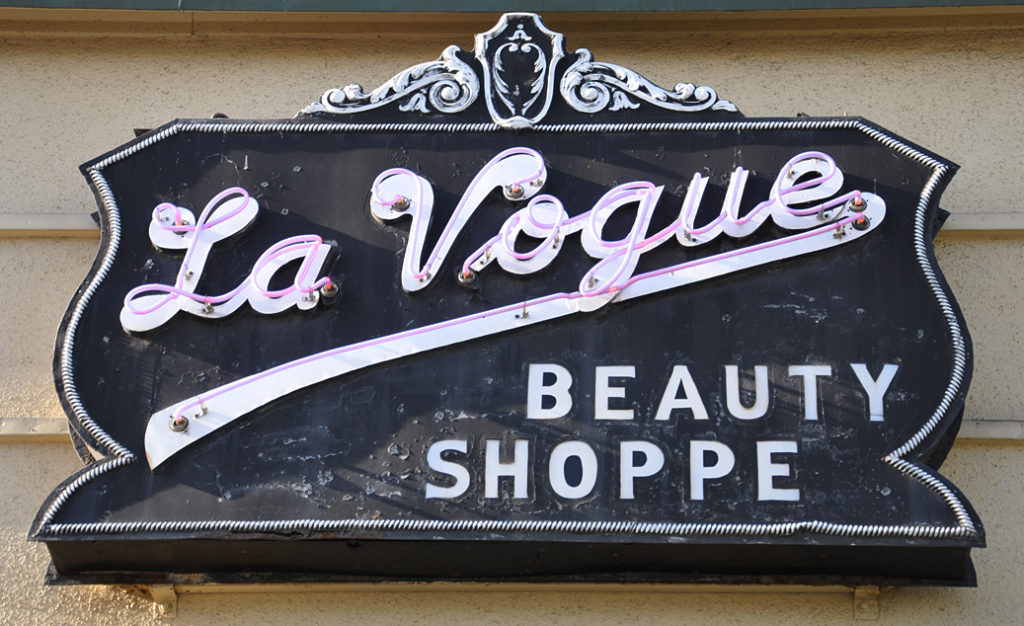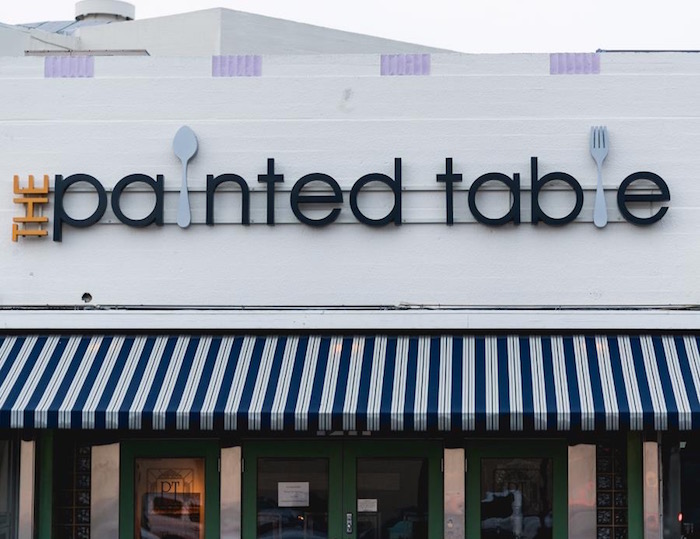One of the trade publications I peruse- online, of course- this morning touted the launch of a new website providing support for those of us who post their items for sale on a variety of selling platforms. What this new support service offers is the ability to post one place- their own site- which posts can then be simultaneously posted on whatever other sales platforms where the dealer happens to maintain a virtual storefront. This ability, the support site claims, removes from the dealer their biggest contemporary hassle, keeping their inventory listings consistent across numerous websites.
So that you know, I long ago gave up wearing three cornered hats, and it has been years since I wrote with a quill pen dipped in ink made from oak galls and soot. By this I mean that I do operate in the current age, am able to not only turn on my desk top, lap top, and hand held device, and not only receive information therefrom, but also to send out information to various and sundry. And this includes fielding the occasional inquiry from a punter, and eventually accomplishing the sale of an item or two of my stock in trade.
I have to say, the least hassle I have is to maintain an online record of my inventory offerings. Since inception, Chappell & McCullar has maintained a website, and cottoned on to the fact that keeping our stock and other information on our website is essential to its placement on the various search engines. For all that has changed in technology, which alters by the minute, this is one feature that has remained the same. Online marketing is old news, and although we now sell almost entirely in a virtual environment, in the old bricks and mortar days it was rarely that we welcomed a new visitor who hadn’t already visited our website.
Early on, that is 20 years ago when we opened up on Jackson Street in San Francisco, our integrated online inventory program that also allowed us to maintain customer records and generate invoices and shipping records, seemed a hassle to a luddite like me, but using it was a skill to be learned. And, wonder of wonders, what we entered one time could then with the magic of Windows, be copied and pasted onto anything else online. In all honesty, I can’t say that fiddling with technology is my favorite occupation, but since the get-go, Keith McCullar and I knew it was not just a necessary, but more an essential adjunct to our business.
In fairness, I’ll admit that an integrated program for online platforms might be useful, particularly as the shrinking numbers of dealers in the art and antiques trade means a shrinking number of staff, particularly those of a younger age who might have, shall we say, a greater technical proficiency. However, very many of those younger folk who might have become the next generation of traders are to be found in the backrooms of the platforms themselves. The proliferation of these platforms, and we’re invited to join a new one nearly every week, has long functioned to dilute the ability of the established dealer to establish what is critical to the dealer’s survival- a customer relationship. While we’re always happy for the one-off, spot sale, most dealers will acknowledge that their business is not sustained by that. It is the customer who likes the look of one or several dealers, who, although a purchase might be made one at a time, will over the course of years return again and again. Platforms, indeed, the entire internet, affords a prospective buyer nearly infinite choice. ‘Spoiled for choice’ as the saying goes, but in this context, the spoliation is the dwindling numbers of dealer and customer relationships.
So I suppose that’s where I get to, with anything the makes it easier to post one’s stock online. It is at the end of the day online storefronts that are at once both the bane of and an essential adjunct to the survival of the trade. The bane, of course, that the best part of the experience of not just the dealer but also the prospective punter, is moved inexorably into the arid ether of the internet.
Certainly I would share with others in the trade a preference for being on my hands and knees with a torch examining 18th century joinery, or in a darkened room with a black light determining retouchings on a period painting, ideally in the company of a client, but online sales are not just a fact, but essential to a dealer’s survival. And survival, in anyone’s language, is the name of the game

